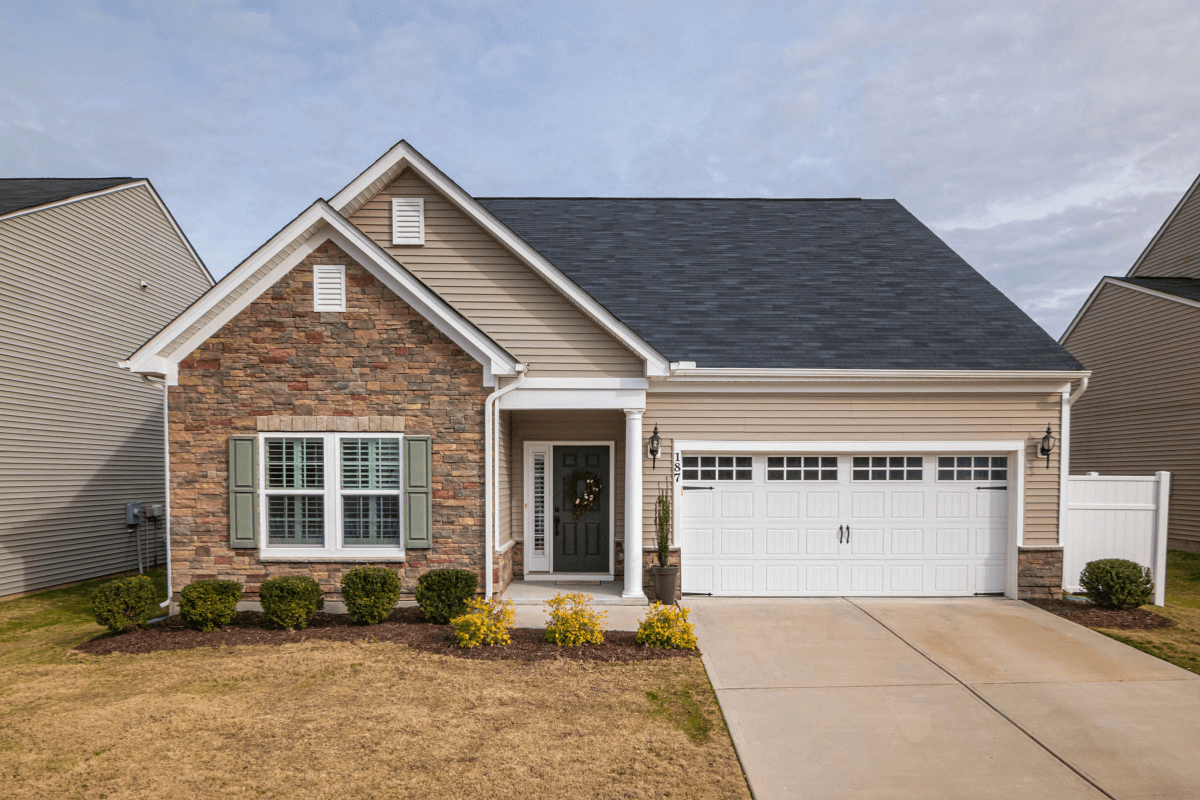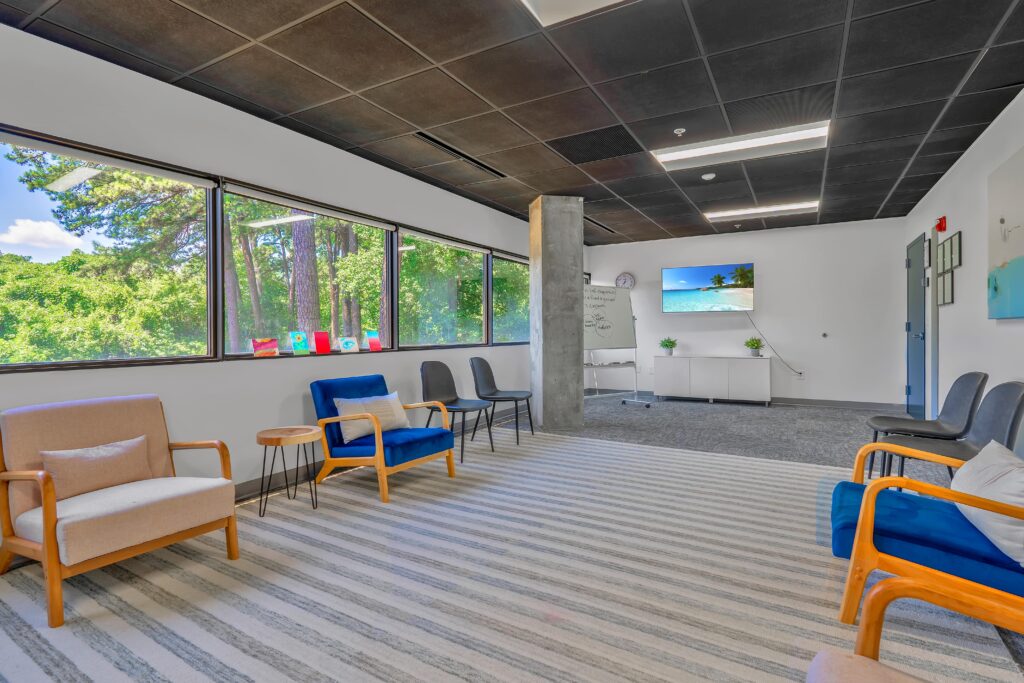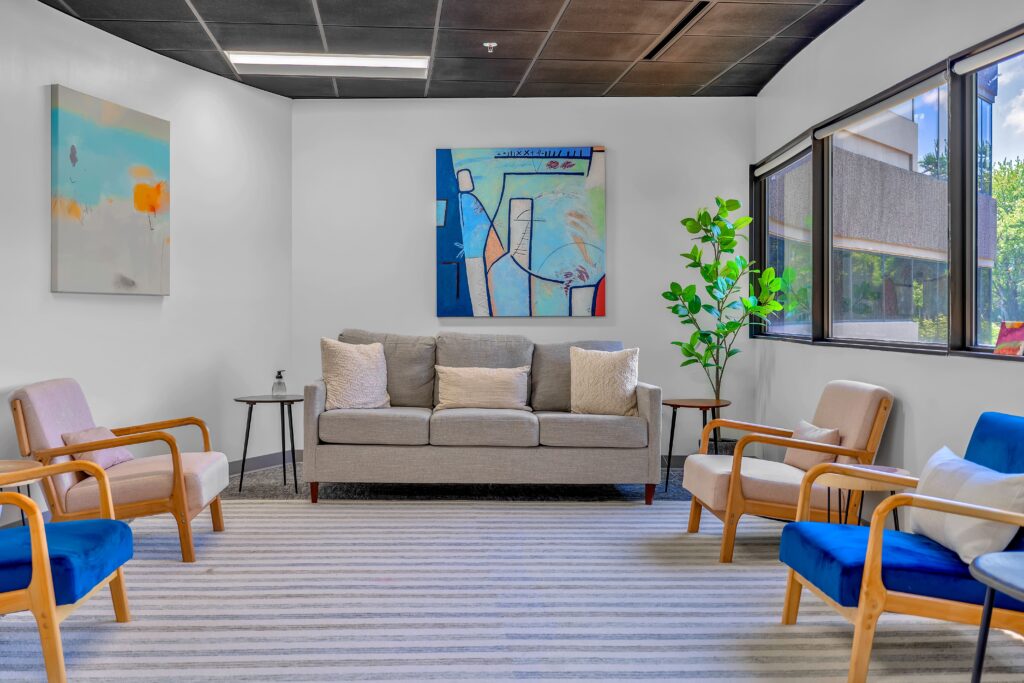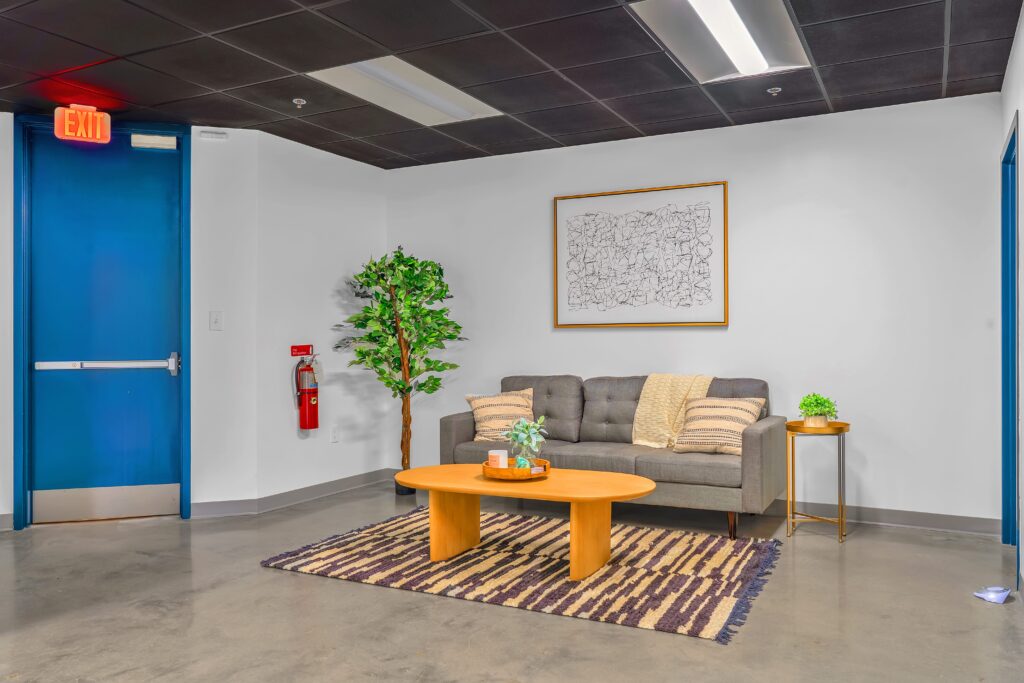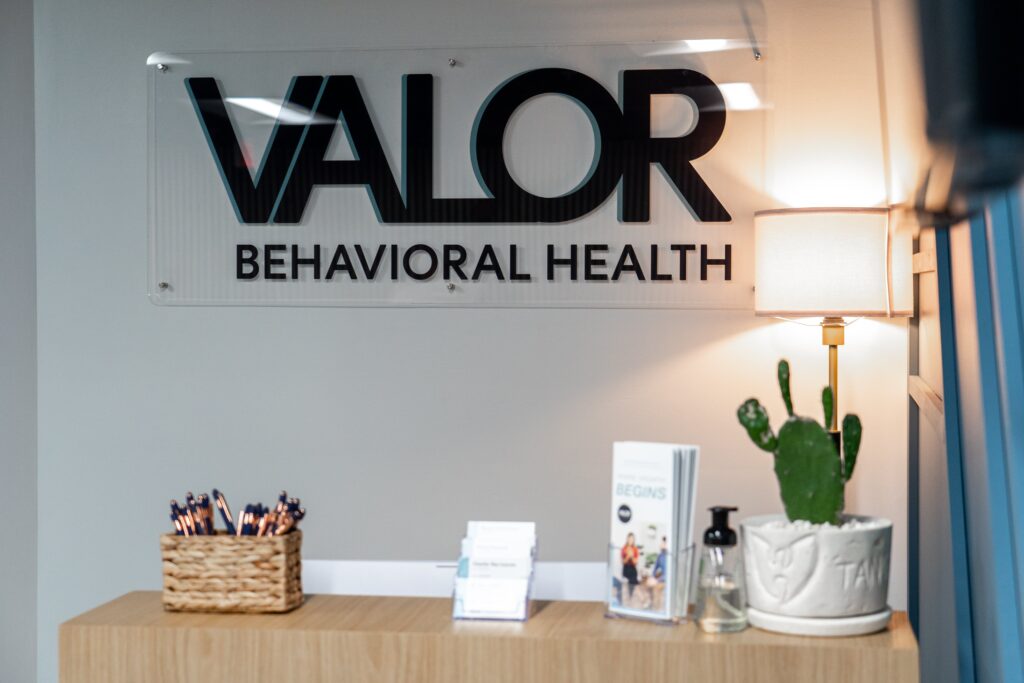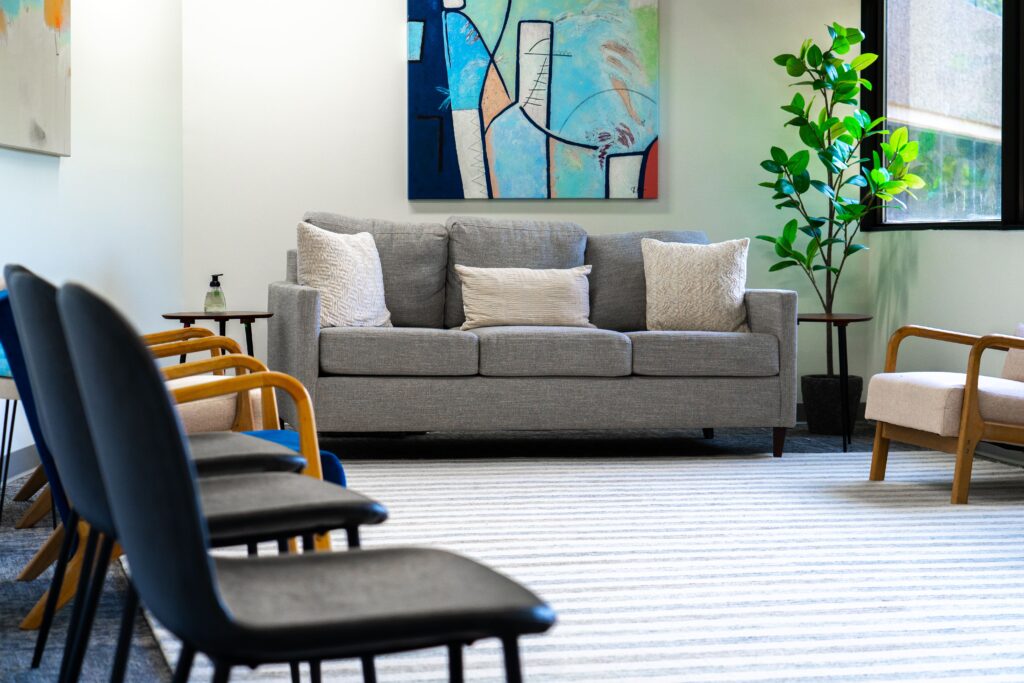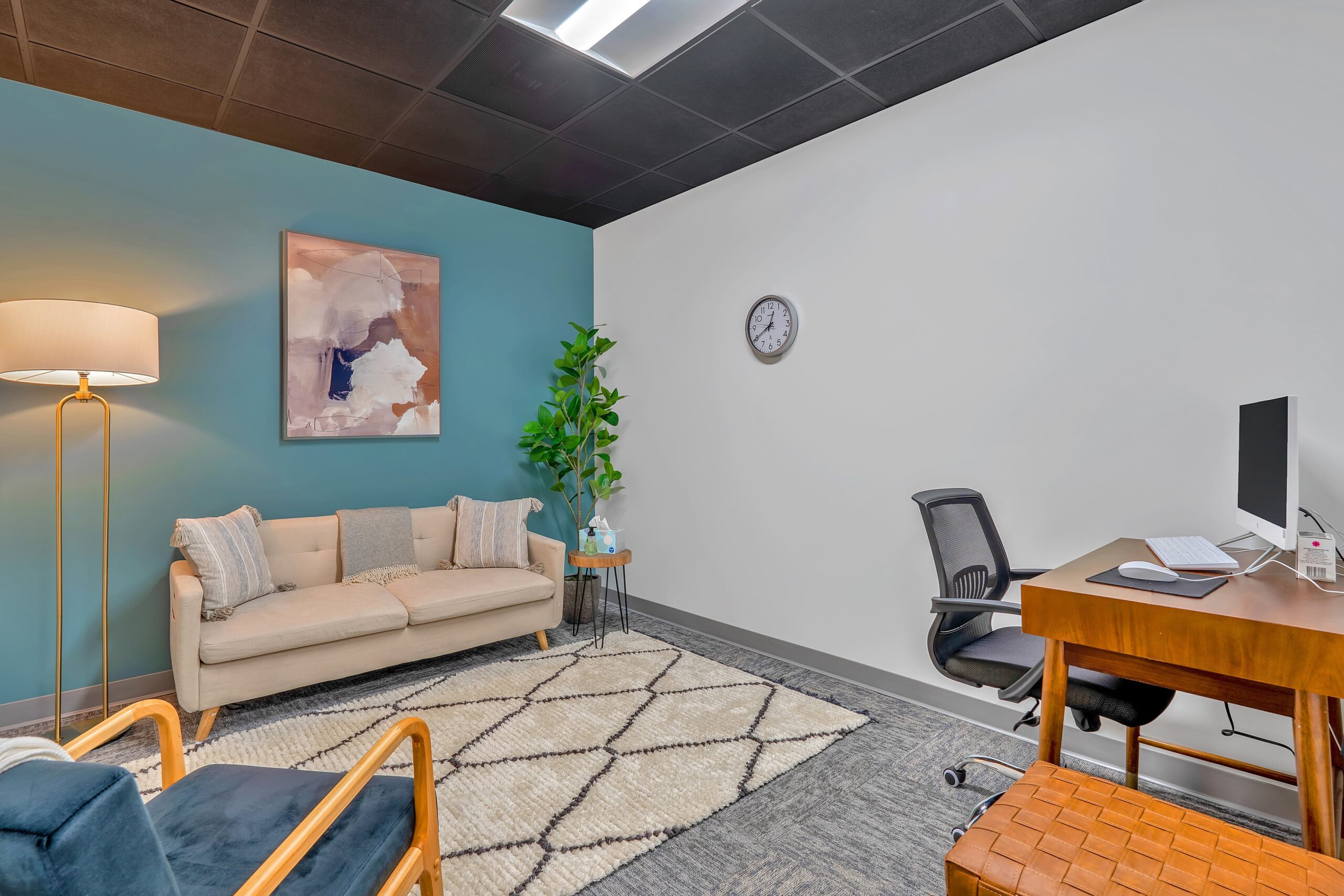Sober living residences and halfway houses both provide important services for people who are recovering from addictions to alcohol and other drugs. But they are not identical environments. Understanding the similarities and differences between sober living vs. halfway houses can help you find the right place for yourself or a loved one.
Learn more about our Atlanta mental health programs or call us now at 866-859-3442.
What Is Sober Living?
As the term implies, a sober living home is a supportive residence for people who recovering from addictions to alcohol and other drugs.
Admissions criteria can be different from one sober living home to another, but these residences usually accept adults who are currently in some form of outpatient rehab, or who have recently completed treatment and who are working to re-establish an independent lifestyle and make a successful transition back into the community.
Common characteristics of sober living homes include:
- They are privately owned and operated, often by an addiction treatment center.
- They are houses, not facilities, often located within typical residential neighborhoods.
- Residents are usually required to be in treatment, have a job, or be actively seeking employment.
- To maintain their place in the house, residents must consent to random drug screenings to confirm that they are remaining abstinent from alcohol and other addictive substances.
Features that can vary among sober living homes include:
- Staffing: Some sober living homes have house managers or other staff (who may be present either part of the day or around the clock), while others are peer-managed.
- Support services: Some sober living homes offer in-house 12-step meetings or provide transportation to off-site meetings.
- Chores: Some homes require residents to perform certain household maintenance responsibilities, such as doing dishes, sweeping floors, or yardwork.
- Food: Some higher-end sober living homes provide chef-prepared meals, while others require residents to purchase and prepare their own food.
- Pets: Some homes allow residents to bring certain pets with them, as long as they adhere to certain regulations regarding their care.
Differences Between Sober Living vs. Halfway Houses
One reason why people aren’t aware of the differences between sober living vs. halfway houses is that both types of residences fill similar needs and offer similar services.
However, there are a few key differences between the two, including who they are designed for, who owns and operates them, which services they provide, and what requirements residents are required to meet.
Residents
Sober living homes and halfway houses both serve people in transitional periods, with the goal of preparing them to rejoin the community and workforce.
As noted earlier in today’s post, sober living homes are typically for those who are currently in rehab or who have recently completed treatment.
Halfway houses, on the other hand, are typically designed for individuals who have been incarcerated. In some cases, the individuals have completed their full sentence and are required to live in a halfway house as a condition of their parole. In other cases, a person may have the opportunity to reside in a halfway house during the final months of their sentence.
The unfortunate reality is that many incarcerated individuals have histories of addiction, so it is common for halfway houses to either provide or connect residents with recovery support services.
Ownership
Unlike sober living homes, which are usually privately owned, halfway houses are typically either publicly owned or operated through a contract with a governmental organization.
For example, the Federal Bureau of Prisons (BOP) currently contracts with more than 150 halfway houses throughout the nation. The BOP refers to these houses as residential reentry centers.
In Georgia, where Valor Behavioral Health is located, halfway houses for current or recently released prisoners fall under the Transitional Housing for Offender Reentry (THOR) and Reentry Partnership Housing (RPH) programs.
Services
Sober living houses focus primarily on recovery-related services, though some may also provide help in other areas, such as finding a job.
Services at state- and federally funded halfway houses often include job skills development, employment searches, and locating affordable housing after their stay in the halfway house ends. They are also often responsible for ensuring that residents receive medical and mental health services, including addiction treatment.
Requirements
There’s no standard set of requirements for maintaining residence in a sober living home, but common rules include:
- Neither possessing nor using alcohol or other substances
- Being in treatment, working, or actively seeking employment
- Returning to the home before evening curfew
- Taking part in on- or offsite recovery support meetings
- Remaining current on rent
Halfway houses will also have different rules depending on whether they are state- or federally funded and if they serve residents who are still in custody or on parole or probation. Common rules in these residences include:
- Remaining in the house except for certain approved reasons
- Submitting to random drug testing
- Completing required classes in areas such as life skills and anger management
- Attending required court dates or meetings with parole officers
- Either working full time or attending an approved educational program
How to Find the Right Sober Living Home
If you’re looking for a sober living residence for yourself or a loved one, here are a few key areas to assess before making your decision:
Environment
Evaluating the environment means taking a close look at both the physical structure of the house itself and the area in which it is located. Points to consider include:
- What is the maximum occupancy of the house?
- Does the house look clean, free of pests, and otherwise well maintained?
- Will you have access to an on-site washer and dryer, or will you need to use a laundromat (and, if so, is there one near the house)?
- Is the house located near a bus route or other public transportation? If not, how will you get to work, recovery meetings, or other off-site appointments?
- Does the neighborhood appear to be safe?
Policies
What are the onsite and offsite requirements for residents? Will you have chores or other responsibilities within the house – and if you will, who ensures that you complete them (and what happens if you don’t)?
Are residents required to have a job, be actively seeking employment, or attend school or treatment? If not, how do they spend their days?
While an abundance of free time might sound like a benefit, one of the many challenges of early recovery is finding productive ways to fill the hours that you used to spend acquiring substances, using them, and recovering from their effects.
Drug Testing
What is the house’s drug-testing policy – and is it enforced? If you’re working to gain a solid foothold in early recovery, it’s important to find a place where you won’t be tempted to relapse.
If a house doesn’t require residents to prove that they haven’t been using alcohol or other drugs, that is not a truly supportive recovery environment.
Cost
If a representative of a sober living home offers you a free stay, or implies that you can actually be paid while in residence, that should be a major red flag. Residences that promise these types of “benefits” are often engaging in illicit or illegal activities, such as insurance fraud.
Learn More About Sober Living in Atlanta
Valor Behavioral Health offers personalized outpatient programming as well as sober living opportunities for individuals who have been struggling with addictions and certain co-occurring mental health concerns.
To learn more about sober living in Atlanta, or to schedule a free consultation, please visit our Admissions page or call us today.





